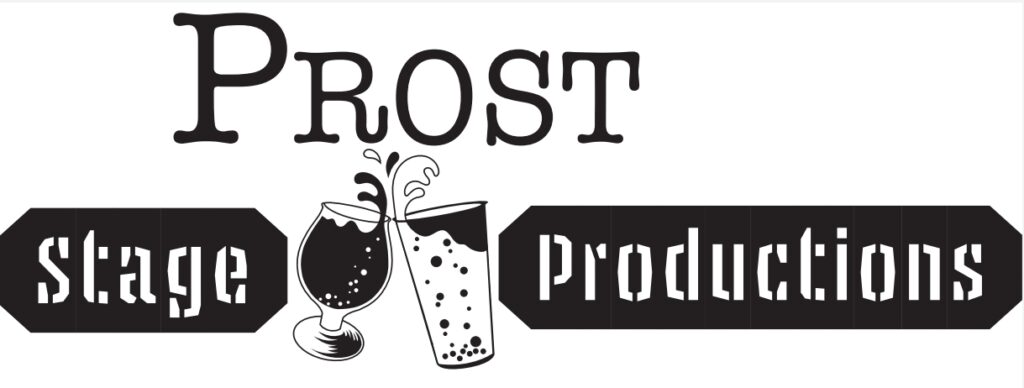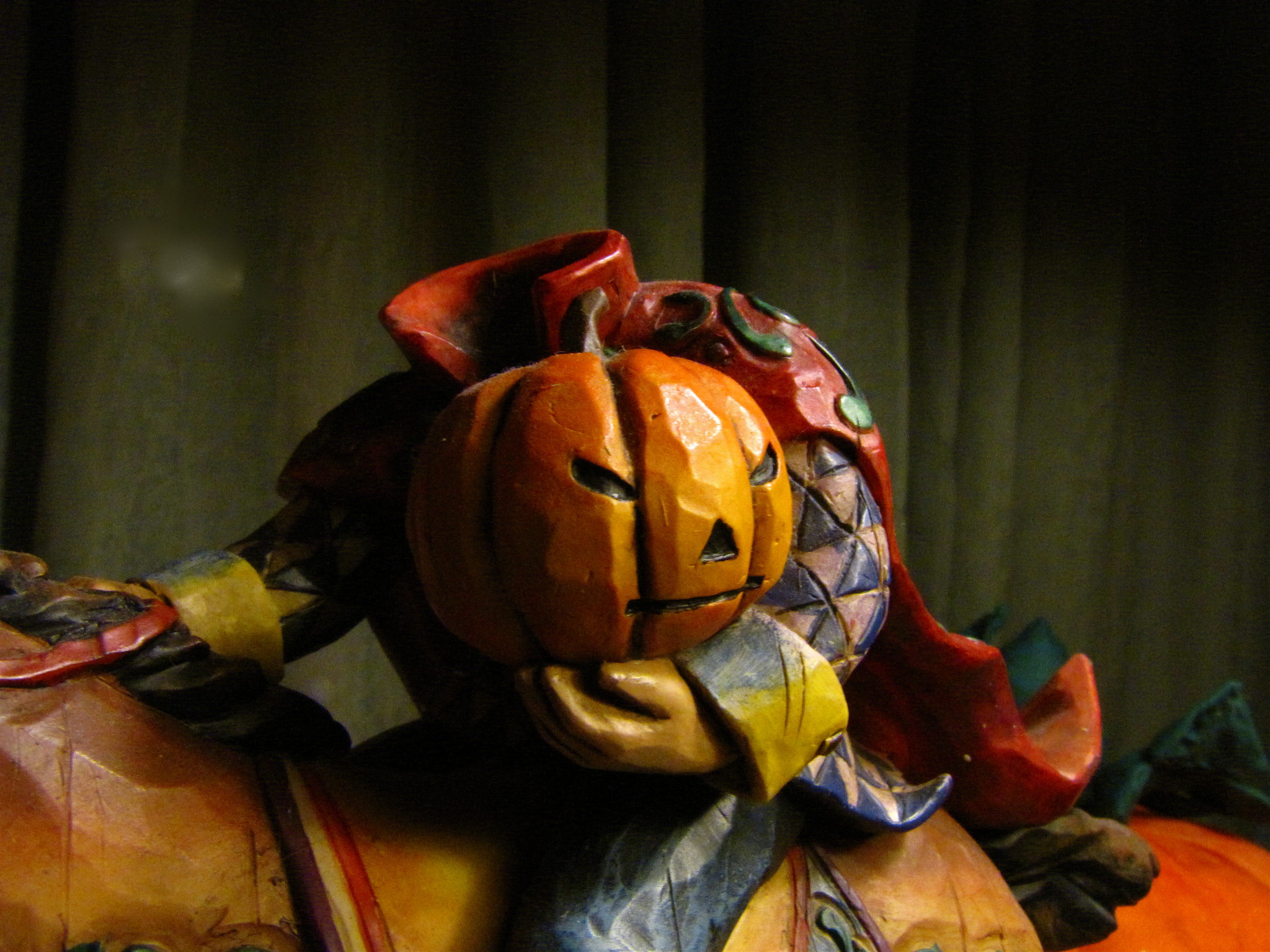Before you come see our Sleepy Hollow: Hex of the Headless Horseman, you may be wondering; what’s the difference between a hex and a curse? Can a jinx grow into a curse through further bewitchment? And what does cursing have to do with salty language? If you’re of a scholarly bent, you may even ponder the role Shakespeare played in bringing curses into the mainstream.
While we can’t answer all of these questions without a voodoo doll and an unwilling victim to demonstrate on, this handy graphic should orient you on basic witchy spell throwing terminology:

Remember that if you come and see Children of the Night, your ticket stub will get you in the door to see Sleepy Hollow: Hex of the Headless Horseman (space permitting). We’ll also be selling tickets, so you don’t need to curse too loudly if you misplace your ticket stub.


